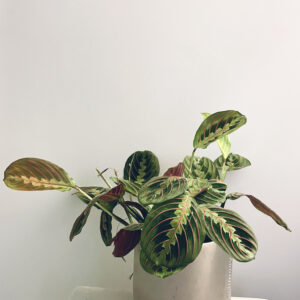
Local hunters are reporting that it was a late rut this deer (oskenón:ton) season due to the unnaturally mild winter, so now is the time of year to stock your freezers with venison. In a few months’ time the spring turkey season will open up.
According to Paul General at the Six Nations Wildlife Centre, there are approximately 200 wild turkeys wandering around the local concessions and sometimes into people’s yards. Almost everyone has seen them crossing the road in a long file and a few of us have even tried hunting them.
Some of the local sportsman stores will hold contests to see who can bag the biggest spring turkey and sometimes toms will get as big as 35 pounds.
The eastern wild turkey, which is pronounced skawerówene in Kanienke’ha (Mohawk), disappeared from the Ontario region in the early 1900s from unregulated hunting and from habitat loss. It was basically wiped out — but the story didn’t end there.
In the 1980s, Dr. David Ankey of the University of Western Ontario spearheaded an attempt to reintroduce the species once again. He managed to broker a deal with various American states to strategically receive 274 wild turkeys in exchange for river otters, partridge, geese and some moose.
Of these 274 repats, 17 were specifically returned to Six Nations of the Grand River. General says he remembers them. “There was 2 jakes (young males), a couple of toms, rest were hens,” General recalled.
The Ministry of Natural Resources initially thought relocating wild turkeys wouldn’t work but finally became involved and helped the turkey proliferate. Thirty years later the population of turkey has risen to over 100,000 province wide and is steadily growing in numbers.
The wild turkey is a magnificent creature. It can survive the harsh Canadian winters due to thick feathers and hardy constitution because they are able to eat almost anything. This has created a few unforeseen problems, because the voracious turkey can negatively affect the ecosystem by devouring the eggs and young of ground nesting birds such as the grouse.
For this reason, local hunters are actually helping the diversity of the forests by keeping their population in check – something that wolves and coyotes do naturally.
Skawerówene (Skaw-wah-LOW-when-nay) is indigenous to the Americas. It is the same species as the domesticated version which was heavily imported to Britain by the Spanish hundreds of years ago. These large birds were erroneously credited to the country Turkey, and the name stuck.
Some elders have said that skawerówene is a warrior bird and that rotiskenrakete, the men, learned battle tactics from these wise creatures. The Haudenosaunee were feared because of their ability to fight in small groups and they walked in single file through the forests, silent like the turkey. Turkeys will also fight to the death when threatened – a hunter friend of mine can attest to that personally.
In nature the wild turkey is wary and cunning — they take turns watching for predators and their eye-sight is very keen. Not only do turkey see in full colour, they also have the ability to see UVA light and their eyes have the most complex retina of any vertebrae animal.
This is bad news for hunters who may have washed their camouflage clothing with phosphates or other cleaning agents to whiten or brighten clothing. Due to the fact that turkeys have 1 rod and 6 different cones in their eye, compared to humans’ measly 3 cones, certain detergents cause clothing to glow a bright blue colour for turkeys who are able to see portions of the ultraviolet spectrum.
Hunting turkey with bow and arrow takes a great amount of skill and patience which is why many indigenous societies highly valued the turkey feather as a symbol of battle prowess. Catawba chiefs, traditionally wore turkey feather headdresses. Significant peoples of several tribes, including Muscogee Creek and Wampanoag, wore turkey feather cloaks. According to Stan Farmer Jr. Mohawk warriors would traditionally wear turkey feathers in their hair.
Giving or receiving turkey feathers is a great honour which is only recently being rediscovered. Reverence for the mighty skawerówene is making a comeback, much like the turkey themselves.










